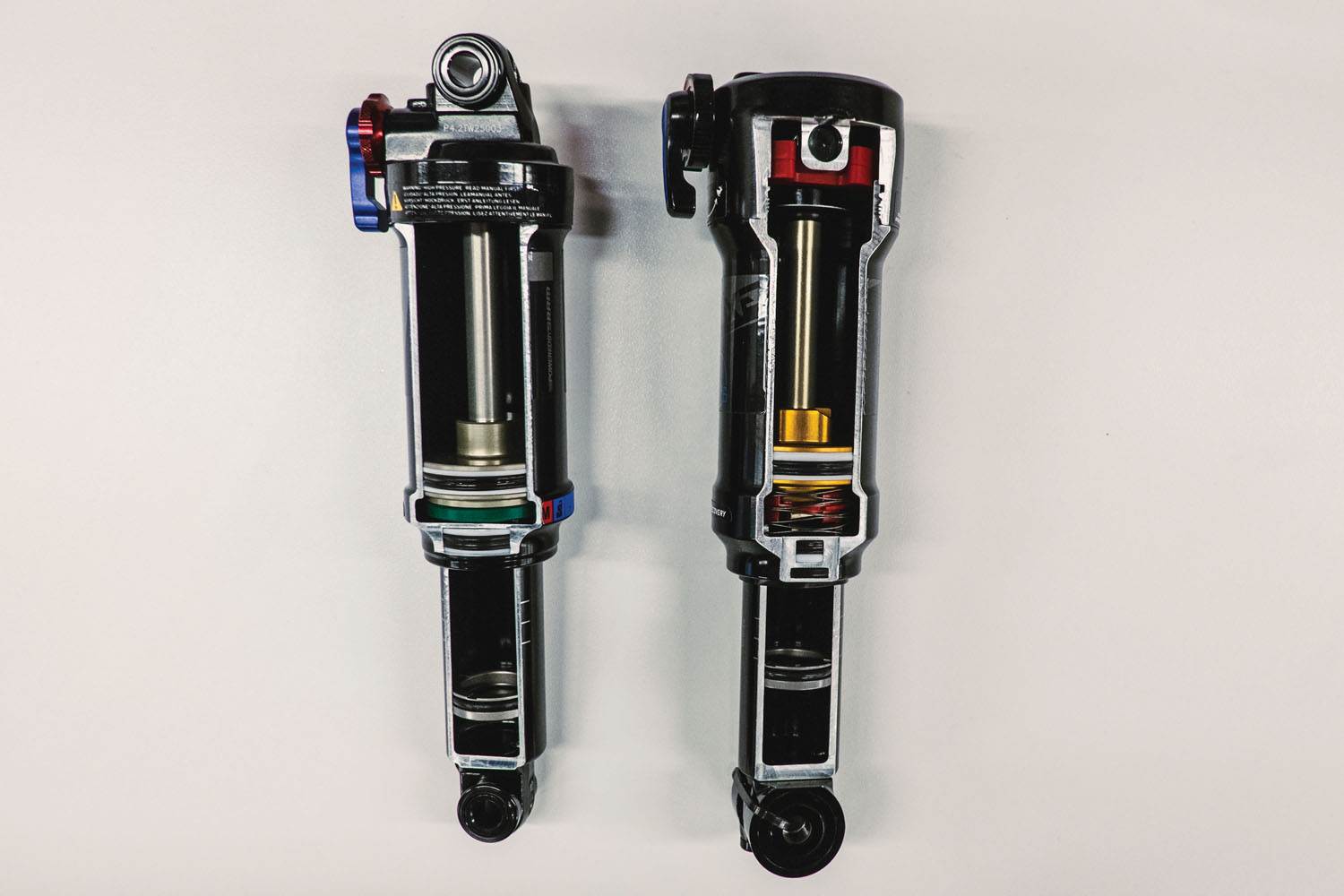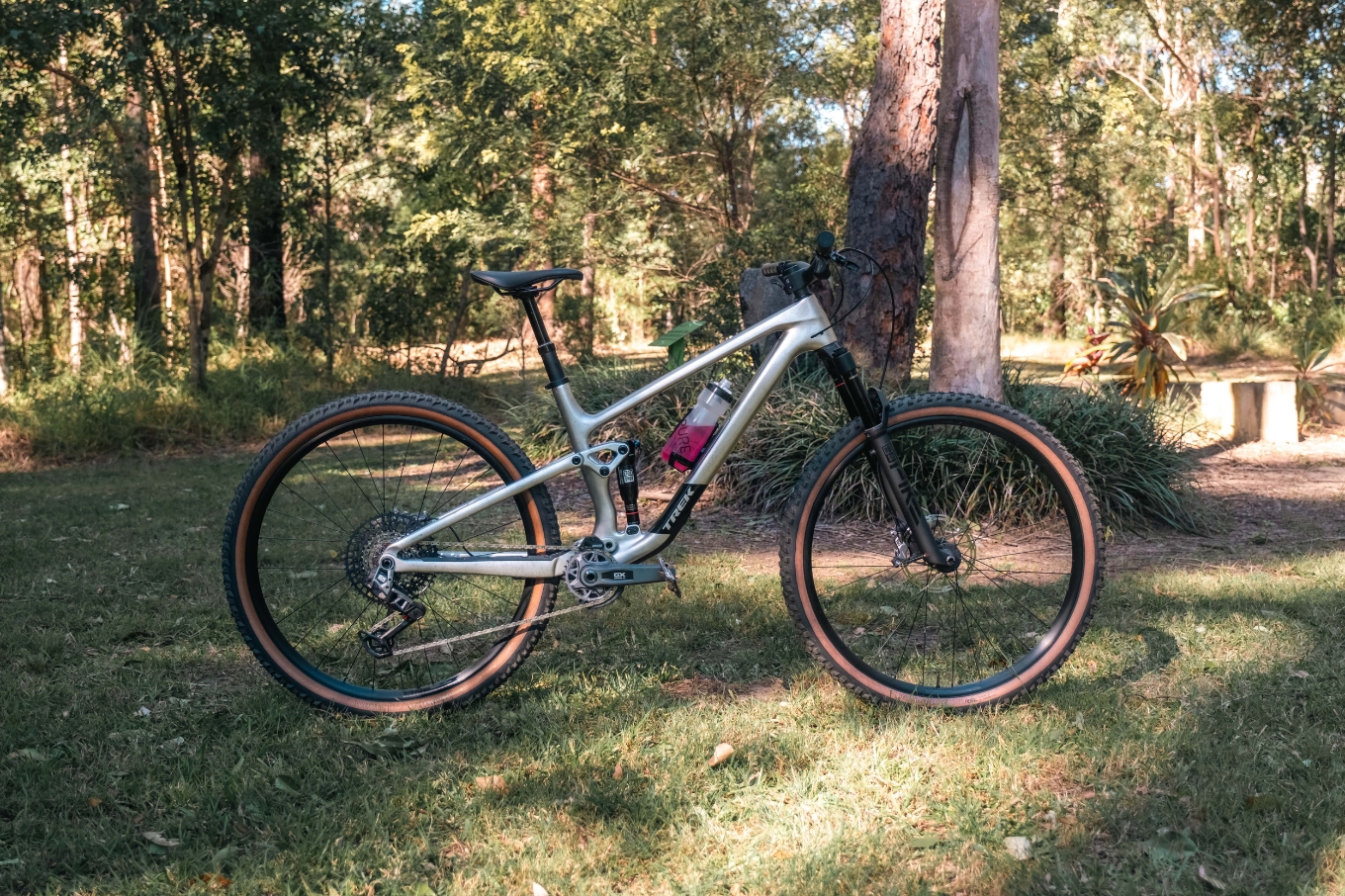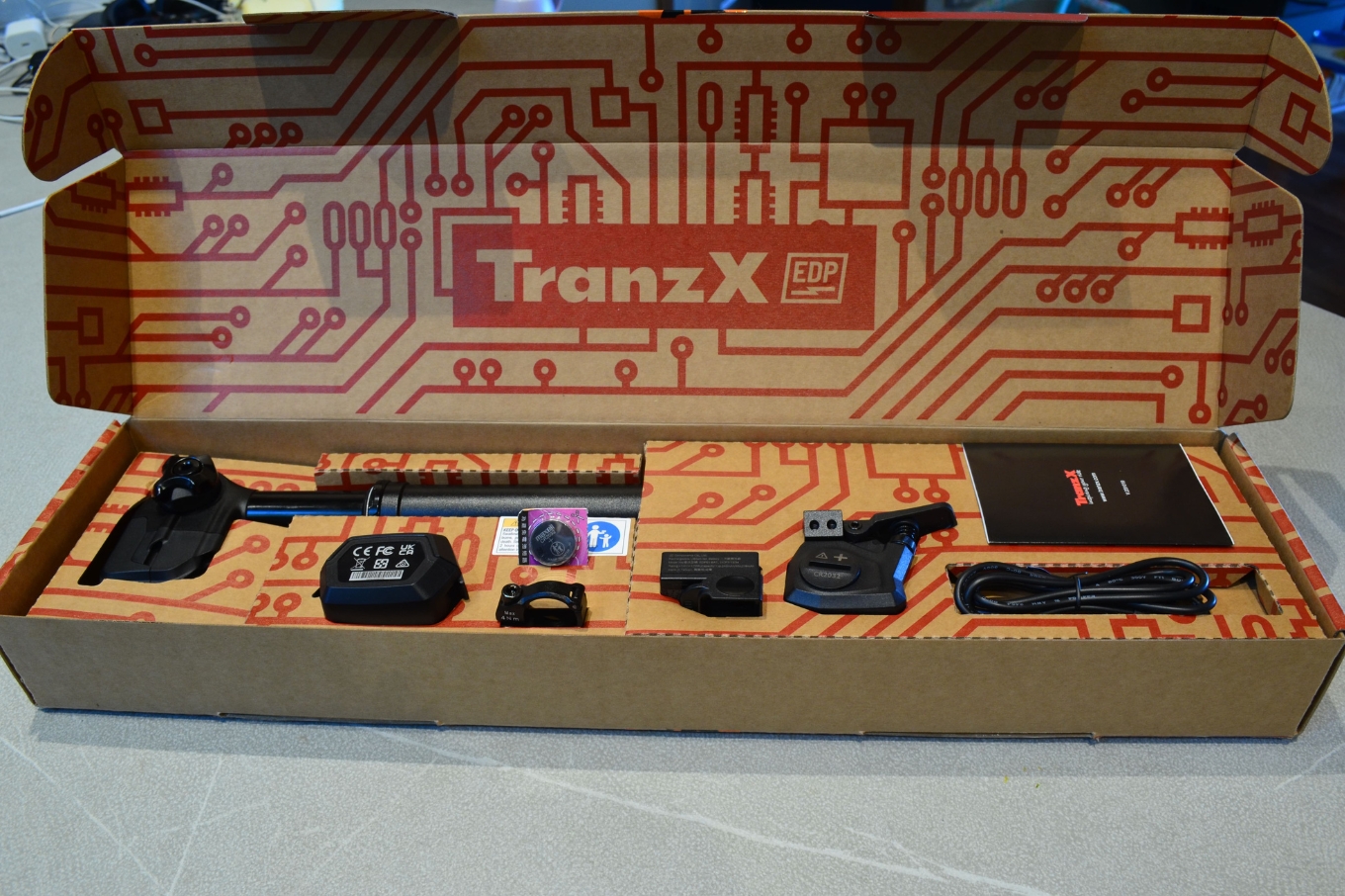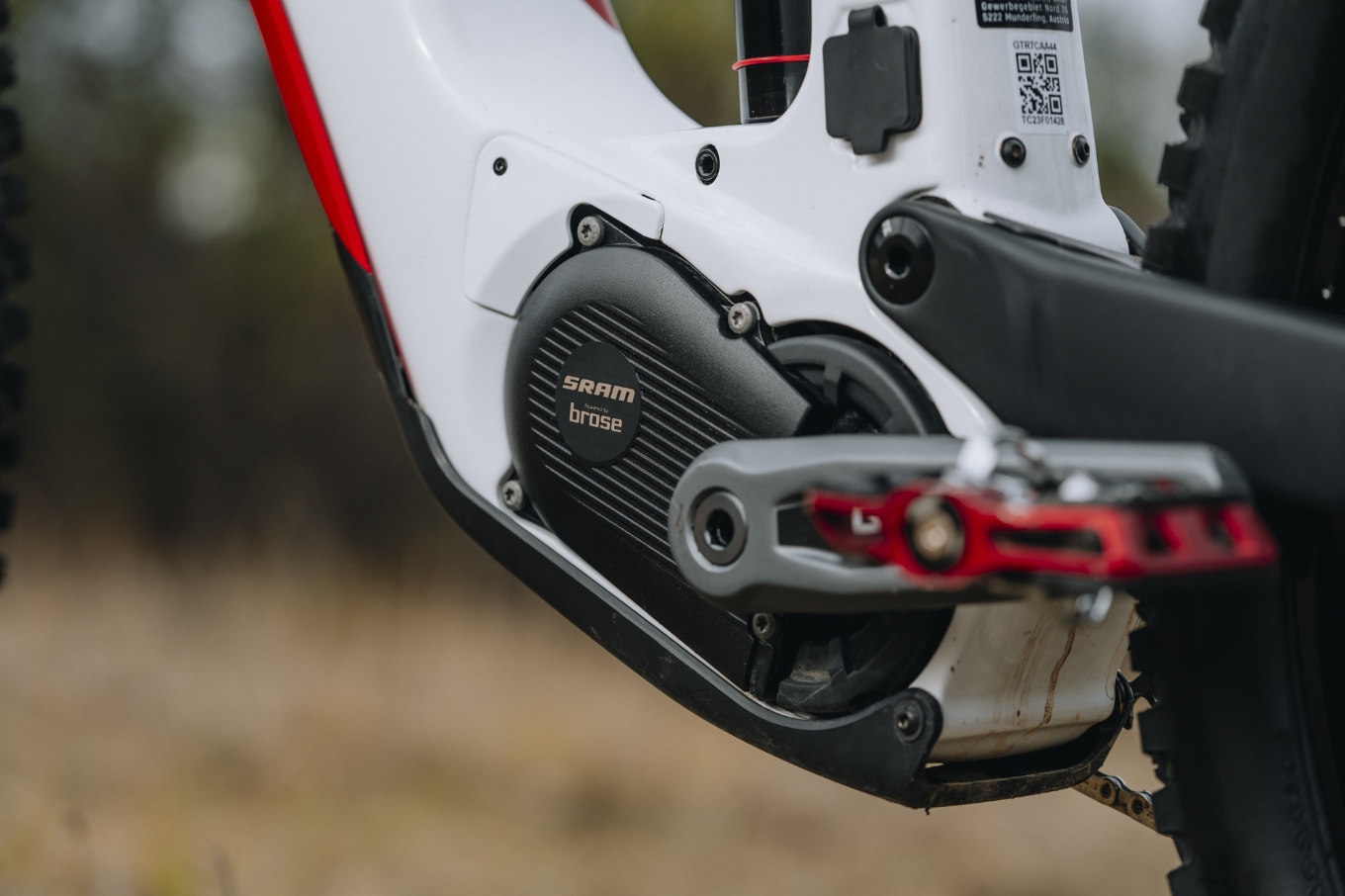What’s the deal with metric shock sizing?
What is metric and how will it make the lives of mountain bikers better?
Words: Ben Morrison
With more and more 2018 bikes featuring the new metric standard shocks from varying brands we sat down with some of the key players in the suspension world and asked them to dull things down a little bit.
Many of you will have read up about these new shocks and the advantages, of which there are many. But what is metric and how will it make the lives of mountain bikers better?
Jose Gonzalez is Trek’s Director of Suspension Development and spoke to us about Trek and the advantages of metric shocks. As a former manager for the Kawasaki Team, Jose knows an insane amount about suspension and development and has a background that has helped him look at it from many angles and often very much outside the box of the bike industry. So much so, he’s also worked with one of motor sport’s biggest names, Team Penske, in order to help find a suspension edge over the competition.
Another person that is passionate about suspension is Duncan Riffle, SRAM’s MTB PR and Media Coordinator. Duncan has a vast history in the sport of mountain biking, achieving some of USA’s best ever Downhill results on the world stage. Duncan has seen suspension evolve literally underneath him as a World Cup DH racer for heavy hitters like Giant Factory Off Road Team and his own World Cup Team, “Giant Nerd” where he was owner, manager and racer – along with another suspension tech head Brad Benedict who now works for Specialized and their Ohlins collaborations.
Metric shocks from SRAM’s point of view
AMB: What is metric, and why the switch to metric?
Duncan Riffle: The world of metric is straightforward once you understand the concept of metric shocks, their intention to simplify and allow us (the suspension manufacturer) and the bike manufacturer to work better together on producing a specific shock for the bike frames they are producing – depending on the frame kinematics, wheel path and leverage ratios.

AMB: How did metric come about? “Building better bikes” is a quote from one of your videos in the Metric Decimals document. Is metric an effort to make better bikes through better shocks or is it working with the bike manufacturers to make better bikes in the design phase not the bike spec phase?
Duncan Riffle: To start, the “metric” sizing refers to the lengths (eye to eye and stroke length) being more refined, simplified and specific to a certain frame design, reducing the SKUs (part numbers) to “metric sizing” vs. the standard “all over the map” sizing. To give you a rough idea we took nearly 30+ different shock length configurations and reduced it to about 10.
AMB: Can you fit a metric shock in a current non-Metric bike?
Duncan Riffle: Metric shocks will only work with metric sized frames, as we have worked very closely with our customers to produce specific suspension that is optimised to make the bike and our shocks work at their best. So, as the industry takes hold of this new sizing, we will (and already have) see an exponentially greater number of metric sized bikes coming to the market.
AMB: What are the advantages that have been achieved in the new metric shocks and can you explain Trunnion mounts and the advantages that come with them?
Duncan Riffle: There are many things within our Super Deluxe and Deluxe metric sized shocks that allowed us to make a better suspension platform, from larger bushing overlap (due to proper sizing options) which significantly reduces side-load, proper oil and air volumes in the right areas internally and better mounting options. Bearing and trunnion – side mounted bolts that do not run through an eyelet, but rather the body of the shock directly, allow for a longer shock to fit in a more compact area.
Let’s hear from Trek
AMB: With the introduction of metric shocks into the industry how has this affected the way Trek looks at suspension?
Jose Gonzalez: In all honesty, the metric sizing approach was really started by DRCV shocks. Regardless of the specific measurement, the philosophy of a more efficient shock package, trunnion mount eyelets that allow for more efficient linear space use and the air spring curves found with the EVOL and Debonair air springs were all the drivers behind the DRCV design. So with all that said, of course we’re supportive of a layout that allows for a better shock design. If it wouldn’t have been for the efficient space use offered by DRCV, we would not have been able to introduce RE:aktiv damping until the shock was completely redesigned.

AMB: With a bike like the Slash, where you are already running a reasonably large shock, do you feel that the shift to metric offers better performance or is it futureproofing and fitting into a standard?
Jose Gonzalez: The shift to metric offered two main benefits – better performing shocks due to space for more complex dampers and the ability to accommodate Thru-Shaft technology.
AMB: The trunnion style mounting is something that Trek has been doing for a long time across some more aggressive models with great success. Was this used because of some of Trek’s own suspension tunes and applications in the past or was it just more practical to mount a shock this way over a range of sizes?
Jose Gonzalez: We started down this path with DRCV because it allowed us to design a better shock. The same can be said for all of the current metric sizing options. With trunnion mounts, you get a more compact eye-to-eye dimension with better linear space. Keep in mind that a couple of millimetres in shock space can make the difference between being able to introduce a more advanced valve system or not. As shock designers, that was always a huge struggle in working with the existing “standards”. Those were conceived a long time ago and MTB shock dampers were pretty basic in valving at that time. It started getting very difficult to design and develop better shocks and dampers within those old boxes.
AMB: Along with Boost, Trek was at the forefront of the metric shock launch – having bikes ready to use metric shocks right away. How long had you been working with metric shocks coming into the launch of the new Fuel EX, Slash and Remedy?
Jose Gonzalez: We were involved from the very early stages of metric shock discussions. One of the reasons for that is that we were already mostly there with the DRCV shock approach so it was natural for Jeremiah Boobar at RockShox, who were the primary drivers behind metric shock sizing, to reach out to us very early on and pick our brain on it.
AMB: With Trek bikes being known for their very efficient and smooth suspension, does a standard off the shelf metric shock mean Trek is able to now get what they want in a shock from the bike industry. Or will we continue to see out of industry collaborations in an effort to improve suspension performance?
Jose Gonzalez: The general products now being offered by the main suspension brands are definitely getting closer to allowing us to get what we need to meet the specific performance goals we have for most of our bikes. However, as RE:aktiv and Thru-Shaft reflect, there may be development outside our industry that will allow us to elevate the overall performance bar of mountain bikes. In our specific case, Penske plays at the highest levels of motorsports and, in turn, suspension development. They’re exposed to and play around with stuff that we don’t get to see in our world.
The F1 world for one has budgets and R&D capabilities that are unsurpassed by other wheeled products and they explore and try a lot of things. It’s important not to have blinders on and respect the fact that there are a lot of smart people out there, so ideas will come from other industries at times. As you state, Trek is known for a very efficient and smooth suspension performance. A key driver behind that is our “balanced approach” philosophy in designing suspension. To us, that means that the shock is a critical member of that formula and it doesn’t get overridden by the mechanical system.
Not only does the bike offer optimal performance characteristics – efficiency, control and terrain response – but it does so with some flexibility for the end user. The shock allows the end user to tweak those key characteristics to their own liking. If you discount the value of the shock and strictly focus on the mechanical system being over-dominant, that cannot be achieved.”
With the great advances in mountain bike technology over the past few years it is often hard to keep up and understand why manufacturers change products so often. It’s nice to see that metric was done for a common goal or purpose, which was to reduce the amount of shock sizes across the bicycle industry and improve performance at the same time. Working with both suspension and frame manufacturers to create a more user friendly standard can only be a good thing, with egos being left at the door in order to create better products for the end user – which is you!






